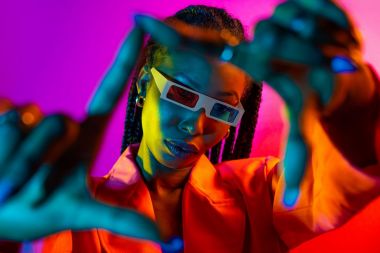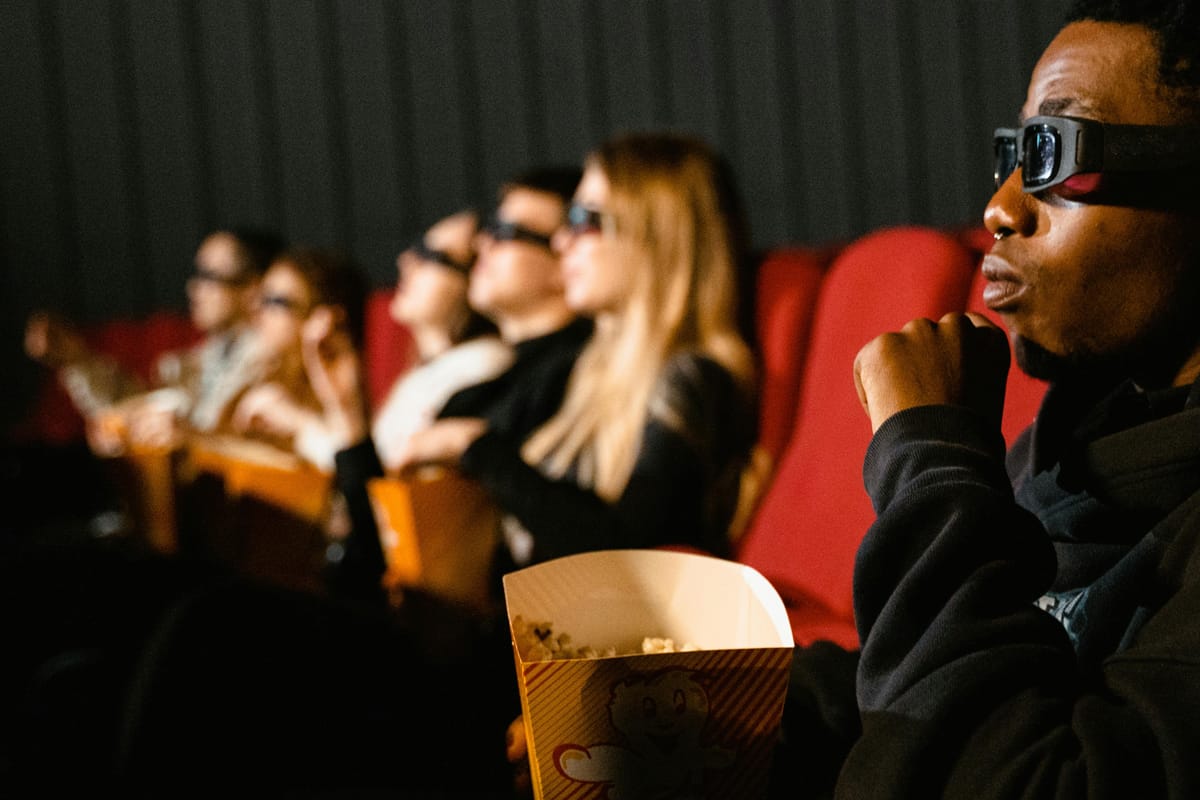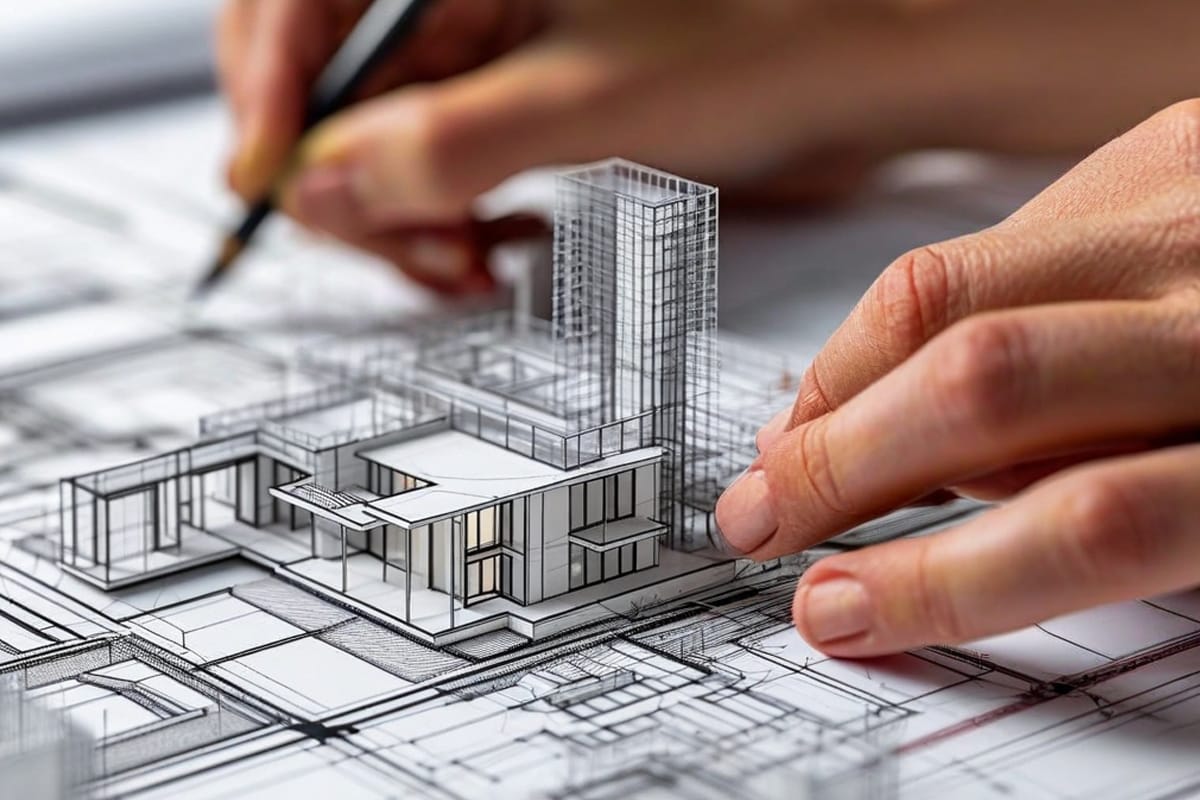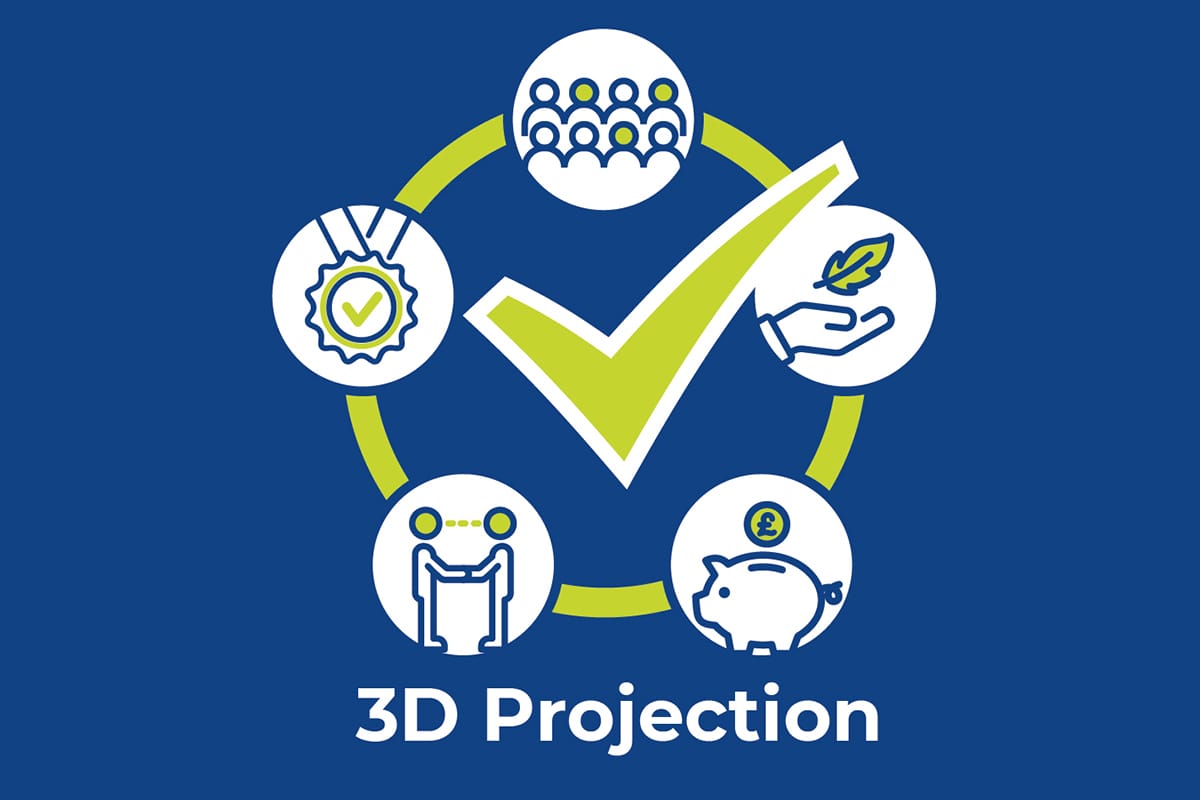3D Displays
Shared immersive experiences with true depth and realism.

Our 3D display solutions let multiple people see and explore content with real depth - without wearing individual VR or AR headsets. Using advanced stereoscopic projection and specialist filters, these systems create a shared, experience where spatial detail, scale, and perspective come to life.
Unlike single-user VR, our 3D projection is collaborative and social, allowing groups to interact, discuss and make decisions together in real time.
What “3D” means in this context
When we say “3D displays”, we mean passive stereoscopic projection systems that produce two slightly different images – one for each eye – to create a convincing depth effect. We use Infitec passive 3D filters and lightweight glasses for exceptional colour fidelity, combined with high-quality projectors and specialist screens optimised for stereo content.
This approach:
-
Works for groups of any size
-
Keeps users comfortable – no heavy headsets, no hygiene issues, no motion sickness
- Maintains maximum image brightness and clarity compared to many active systems
Key features of our 3D display solutions
-
True depth and spatial awareness - Perfect for complex visual data, models, and environments
-
Multiple viewer capability - Everyone sees the same 3D view simultaneously
-
High-quality projection - Long-life LEDlight engines (up to 30,000 hours, maintenance-free)
-
Infitec passive 3D technology - Best-in-class colour accuracy and image quality
-
GeoBox hardware processing - Seamless image warping, blending, and signal management without a PC
-
Scalable solutions - From small meeting rooms to multi-projector immersive spaces
- Professional-grade screens - Optimised for stereo projection, built to AVIXA/ANSI standards

Applications for 3D Displays
3D projection is used wherever understanding depth, spatial relationships and scale is critical:
- Architecture & Construction - Revit/Twinmotion walkthroughs, design review meetings, client presentation
-
Engineering & Manufacturing - CAD model visualisation, product development, digital twins
-
Healthcare - Endoscopic output, surgical training, anatomy visualisation
-
Education & Research - STEM subjects, scientific visualisation, virtual labs
-
Simulation & Training - Flight and vehicle simulation, military training, industrial skills training
- Entertainment & Attractions - Immersive theatre, interactive exhibitions, themed experiences




Benefits of 3D projection over headsets and flat displays

-
Collaborative - No isolation; teams can share the same view and interact in real time
-
Comfortable - Lightweight glasses, no motion sickness, no hygiene concerns
-
Cost-effective at scale - No need for expensive individual headsets
-
Natural engagement - Full eye contact and body language possible during sessions
- Long-term reliability - Professional projection systems built for continuous use
Ready-to-go 3D Packages
For complete, pre-configured systems including projectors, Infitec filters and glasses, GeoBox processors and stereo-optimised screens, see our 3D Packages page. These are designed for rapid deployment, ease of use and professional results.

Your 3D display specialists
Visual Displays is the UK leader in projection-based immersive and 3D solutions. We work with AV integrators, consultants and end clients across sectors to design, supply, and install 3D display systems that deliver exceptional clarity, depth and impact.

3D Displays Frequently Asked Questions
- What is a 3D display system?
- How do 3D projection displays work?
- What is the difference between 3D projection and VR headsets?
- What equipment is needed for a 3D display?
- What screens and surfaces can it work on?
- What are the benefits of 3D displays?
- Which industries use 3D displays?
- Can 3D displays be used for BIM, CAD or digital twins?
- How many people can use a 3D display at once?
- How much does a 3D display system cost?
- Who supplies and installs 3D display systems in the UK?
1. What is a 3D display system?
A 3D display system uses two projectors to show two slightly different images, one for each eye, creating the illusion of depth and realism.
2. How do 3D projection displays work?
3D projection works by combining two projectors, filters and lightweight glasses to deliver separate images to each eye, producing a 3D experience with striking impact of depth.
3. What is the difference between 3D projection and VR headsets?
3D projection allows multiple viewers to experience 3D content together and collaboratively, while VR headsets are single-user devices that can feel isolating.
4. What equipment is needed for a 3D display?
A full 3D display system typically includes two projectors, Infitec passive 3D filters on the projector lenses, Infitec glasses for each viewer, and a processor such as GeoBox to convert a video 3D signal into the two projector HDMI feeds.
5. What screens and surfaces can it work on?
The Infitec passive 3D projection system in unique as it works on any surface - and doesn't need the 'silver screens' used in cinemas etc.
6. What are the benefits of 3D displays?
3D displays make complex information easier to understand, support group collaboration, and provide immersive experiences without headsets.
7. Which industries use 3D displays?
Industries using 3D displays include architecture, engineering, healthcare, education, simulation, training, exhibitions and visitor attractions.
8. Can 3D displays be used for BIM, CAD or digital twins?
Yes, 3D projection is ideal for BIM walkthroughs, CAD model reviews and digital twins where depth and spatial awareness are critical.
9. How many people can use a 3D display at once?
3D displays can be viewed by multiple people at the same time, making them collaborative and suitable for groups of any size - up to and over 1,000 people.
10. How much does a 3D display system cost?
Entry-level 3D packages start from under £10,000, with scalable options available for larger immersive installations.
11. Who supplies and installs 3D display systems in the UK?
Visual Displays are a UK specialist in immersive projection and 3D solutions, working with AV integrators, consultants and end users.